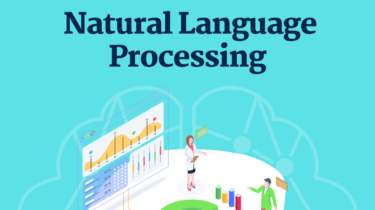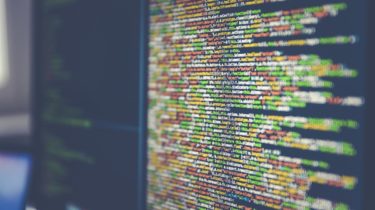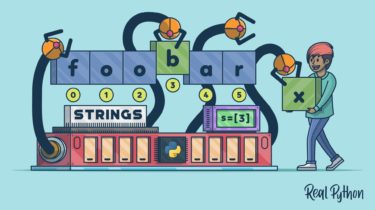Apply Cyclical Learning Rate on recurrent neural networks in NLP classification tasks
In this article, which was written in collaboration with Helyne Adamson and Sridhar G Kumar, we will discuss neural network optimizers and a practical way to speed-up the learning process, using Cyclical Learning Rate. Traditionally, the learning rate of a neural network that is
Read more








